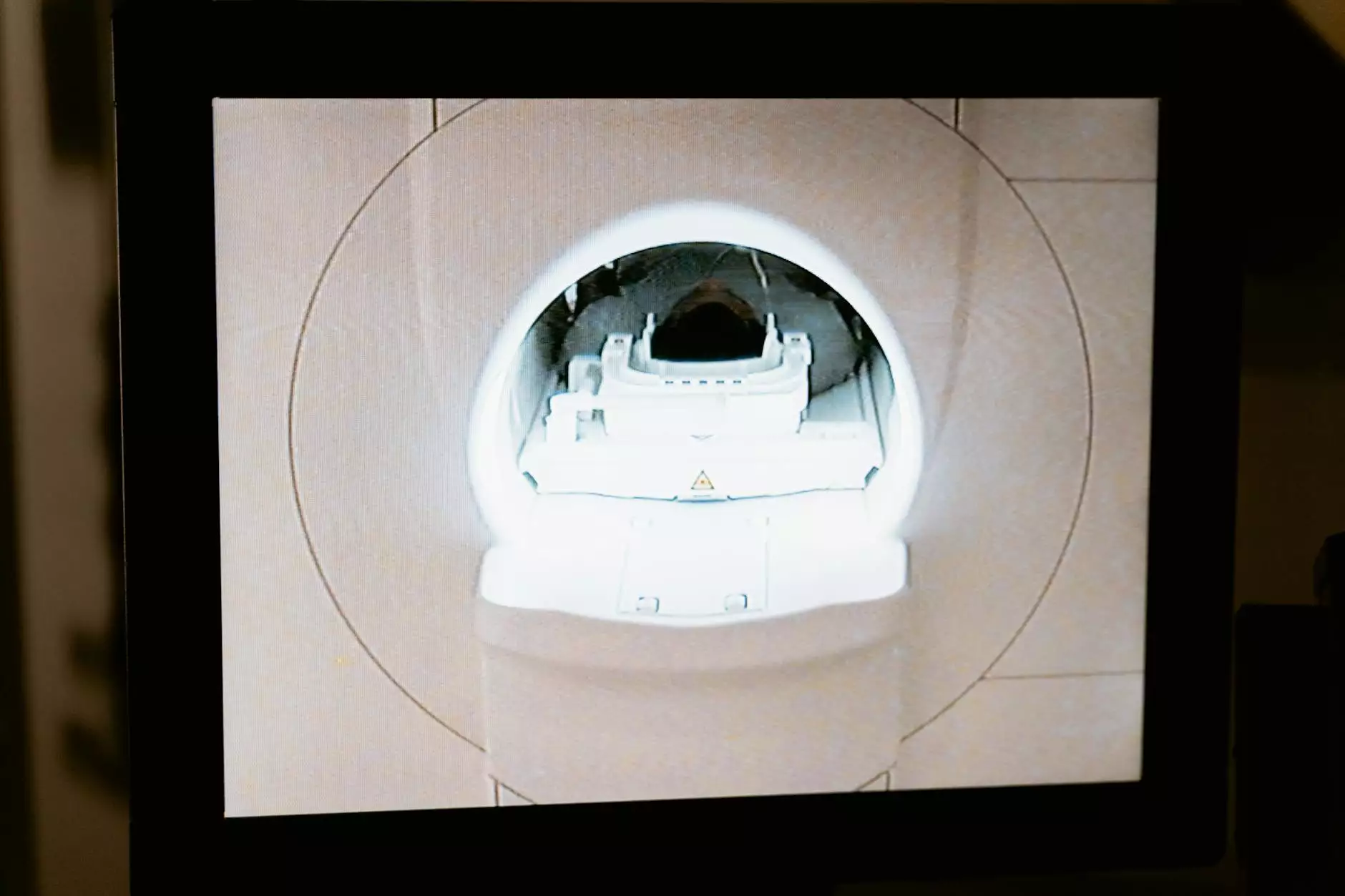Brief History of Napa State Hospital, 1875-1975
1800-1849
Introduction
Welcome to La Historia Society's page dedicated to the brief history of Napa State Hospital, covering the significant developments and milestones that took place between 1875 and 1975. Join us as we delve into the intriguing story of this prominent institution and its role within the context of Napa County's rich history.
The Origin of Napa State Hospital
Established in 1875, Napa State Hospital, originally known as the Napa Insane Asylum, emerged as a response to the growing need for mental healthcare in California. Its inception coincided with the nationwide shift towards more compassionate and structured approaches to treating individuals with mental illnesses.
Initially constructed on a 500-acre parcel of land, the hospital aimed to provide a nurturing environment where patients could receive proper care, support, and treatment. Over time, Napa State Hospital evolved into a multidisciplinary institution that played a crucial role in pioneering advancements in mental health treatment.
The Evolution of Napa State Hospital
Throughout its history, Napa State Hospital underwent numerous changes that shaped its identity and approach to patient care. The institution saw significant growth in both size and capacity, eventually expanding to encompass various specialized units catering to different mental health conditions.
In the early years, the hospital followed the traditional asylum model prevalent during the time, focusing on secure confinement and custodial care. However, as mental health practices evolved, Napa State Hospital adopted more humane treatment methodologies, such as occupational and recreational therapies, designed to promote socialization and rehabilitation.
Noteworthy advancements in psychiatric research and medical technology during the mid-20th century played a significant role in transforming the hospital's treatment philosophy. Innovative therapies, medications, and diagnostic techniques became integral to providing effective care for patients suffering from various psychiatric disorders.
Key Milestones and Contributions
Over its century-long history, Napa State Hospital witnessed several noteworthy milestones and made significant contributions to the field of mental health. These milestones played an instrumental role in shaping the hospital's reputation and standing within the community.
Era of Professionalization and Advocacy
During the late 19th and early 20th centuries, Napa State Hospital saw the rise of dedicated professionals who championed advancements in mental health treatment. Influential psychiatrists, psychologists, and social workers joined forces within the hospital, contributing to the overall professionalization of psychiatric care in California.
Additionally, the hospital played a crucial role in fostering mental health advocacy. It became a hub for educating and empowering the community through informative initiatives, advocating for better public understanding, and dispelling harmful stigmas associated with mental illness.
Research and Innovation
Napa State Hospital became a hub of scientific exploration, contributing to groundbreaking research in mental health care. The institution's dedicated research laboratories and collaborations with academic institutions enabled significant advancements in understanding psychiatric disorders and developing evidence-based treatment approaches.
Notably, the hospital's research efforts led to breakthroughs in pharmacology, psychopharmacology, and psychotherapy. These discoveries not only benefited patients within the hospital but also influenced mental health care practices on a broader scale.
Community Outreach and Integration
Throughout its history, Napa State Hospital fostered a strong connection with the local community and actively participated in initiatives to integrate patients back into society. The hospital, in collaboration with community organizations, initiated vocational training programs, allowing patients to develop skills and reintegrate into the workforce.
Napa State Hospital's commitment to community outreach extended beyond vocational training. The institution organized public lectures, open houses, and awareness campaigns to facilitate a better understanding of mental health issues within the community and promote support for patients.
Legacy and Continuity
As we enter the modern era, Napa State Hospital continues to be a vital institution, providing specialized mental health care to the Napa County community. Embracing evidence-based practices and compassionate care principles, the hospital remains dedicated to supporting patients on their journey to recovery.
The legacy of Napa State Hospital serves as a reminder of the constant need for mental health care and the ongoing efforts to improve treatment modalities. La Historia Society honors the impact of this institution and recognizes its place within the broader narrative of Napa County's history.
Conclusion
In this comprehensive exploration of the brief history of Napa State Hospital from 1875 to 1975, we have uncovered the origins, evolution, and major contributions of this prominent mental health institution. Napa State Hospital's journey reflects the wider transformative changes in mental health care and showcases the resilience and dedication of healthcare professionals and communities.
La Historia Society is proud to share this rich historical account, shedding light on the remarkable impact of Napa State Hospital throughout its century-long existence. Join us in celebrating the progress made in mental health care and promoting an inclusive society that values and supports the well-being of all individuals.










